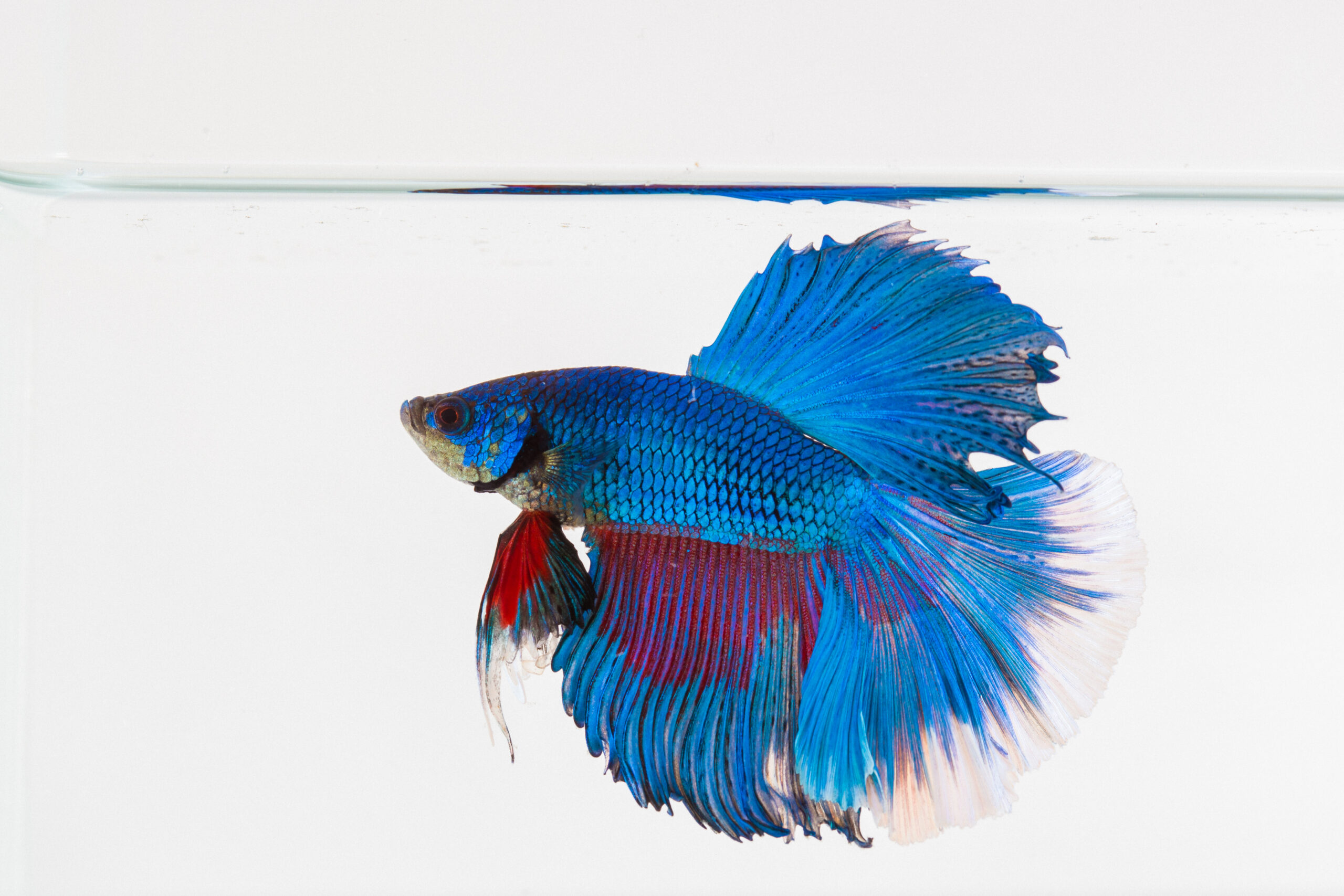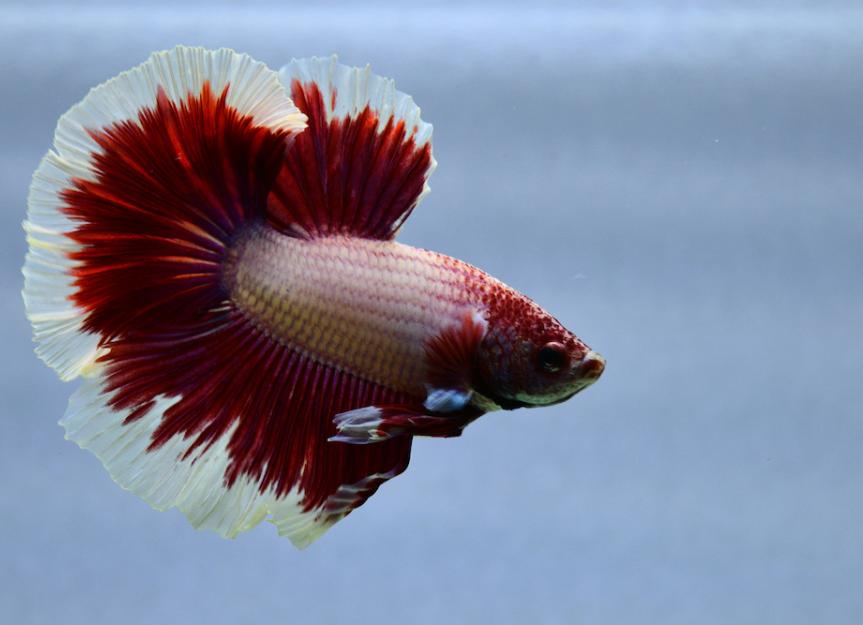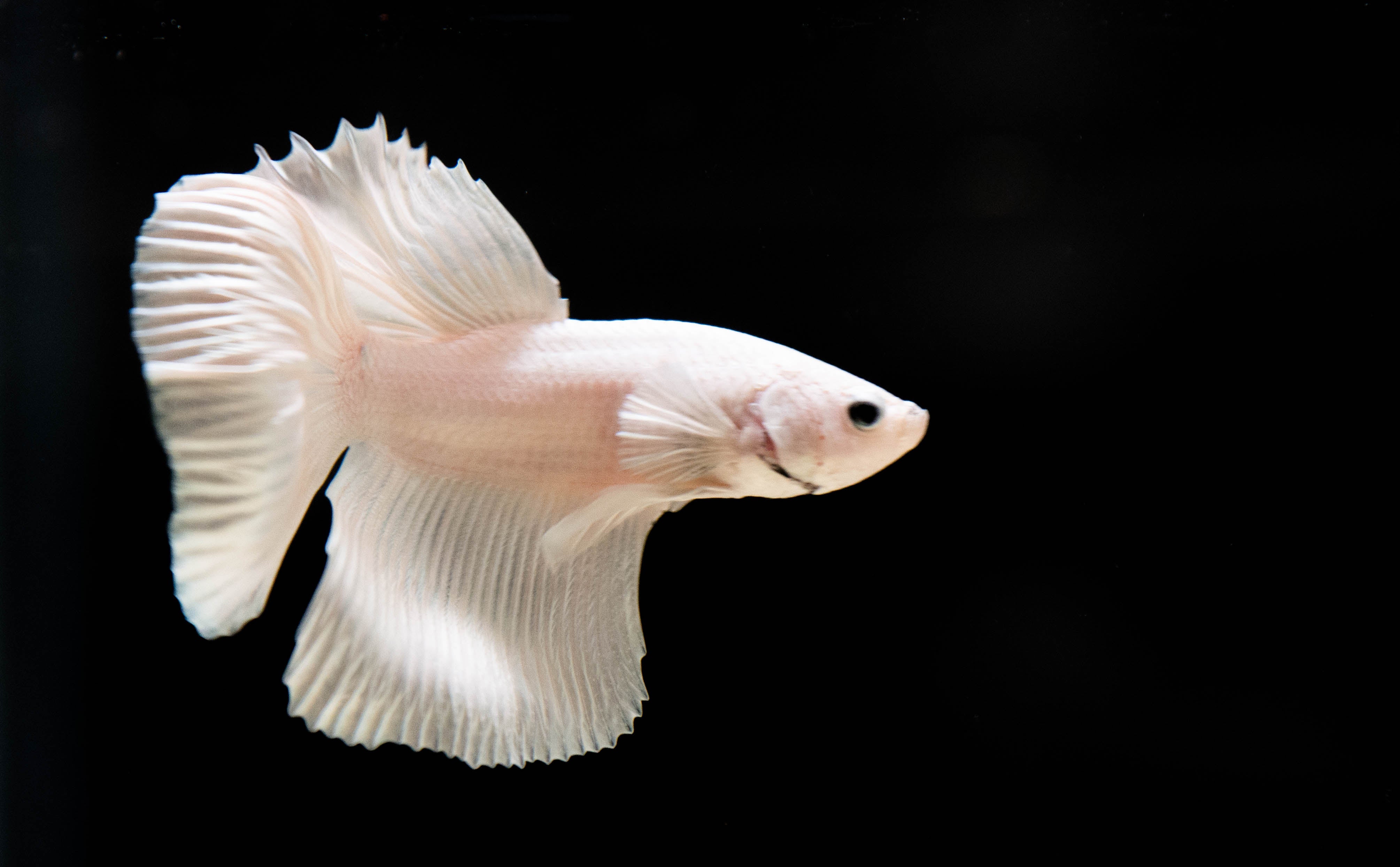Understanding Betta Fish Habits: What Every Proprietor Should Know
Understanding Betta Fish Habits: What Every Proprietor Should Know
Blog Article
Breeding Betta Fish: a Comprehensive Step-By-Step Guide to Successfully Raising Baby Bettas From Eggs to Adulthood
Breeding Betta fish is a thorough endeavor that calls for mindful preparation and implementation to ensure the effective advancement of fry from eggs to mature fish. Choosing genetically varied breeding couple with preferable attributes is just the beginning; producing an ideal setting and recognizing the details of the breeding procedure are just as vital. As the male Betta faithfully constructs a bubble nest and guards the valuable eggs, the succeeding phases of care and transition demand attention to information and expertise of ideal techniques. Just how does one browse the difficult yet rewarding path of supporting these vibrant creatures to the adult years?

Picking Reproduction Pairs
When embarking on the journey of breeding Betta fish, picking the appropriate reproduction sets is critical to achieving desirable attributes and a healthy and balanced lineage - betta fish. The primary step in this process is to determine the specific qualities you wish to enhance or maintain, such as color, fin kind, and physique. It is vital to choose genetically varied pairs to prevent inbreeding, which can lead to health and wellness concerns and unfavorable attributes
Evaluate potential breeding prospects very carefully. A healthy male Betta needs to show dynamic shades, an energetic disposition, and well-formed fins, while the lady needs to also display vivid coloration and a rounded tummy, suggesting preparedness for spawning. Observing the personality of both fish is vital, as hostile or overly timid people might not breed effectively.
Documents of lineage is just as crucial. Maintaining records of the parent fish's origins can aid you track genetic characteristics and prospective issues. Additionally, get in touch with credible dog breeders or online sources for guidance on choosing suitable sets. Ultimately, spending time in the option process will significantly improve the chance of generating strong, dynamic offspring that satisfy your reproduction goals (betta fish).

Preparing the Breeding Tank
Producing an optimal reproduction setting is an essential step after picking suitable sets for Betta fish. The breeding container should be specifically developed to supply comfort and stimulate the all-natural reproduction actions of the fish. Begin with a storage tank size of at least 10 gallons to make certain adequate space for both the male and women Bettas.
Preserve a gentle purification system to keep the water tidy while preventing strong currents that can worry the fish. Additionally, an air rock can be added to provide oxygenation without interrupting the water surface area way too much.
Temperature guideline is important; go for a steady array of 78-82 ° F(25-28 ° C) making use of a dependable heating unit. The pH level must be maintained between 6.5 and 7.5, and routine water modifications are essential to make certain high water quality.
Incorporate floating plants or generating mops to develop concealing spots for the lady, while additionally urging bubble nest building by the male - betta fish. Ensure the tank is totally free from sharp decors and any type of potential threats, as the well-being of the fish must always be prioritized throughout this vital stage of reproduction.
The Reproduction Process
Generally, the breeding procedure for Betta fish entails a collection of distinct and evident behaviors that indicate preparedness for recreation. The male Betta begins by developing a bubble nest at the water's surface, which functions as a website for the fed eggs. This nest is Going Here important, as it supplies a safe atmosphere for the eggs until they hatch out.
When the nest is established, the male will present courtship actions, such as flaring his fins and exhibiting lively shades to draw in the woman. The lady, upon picking up the man's preparedness, will certainly react by showing vertical stripes along her body, signaling her receptiveness.
When the female strategies, the male participates in a breeding dancing, often leading to a welcome referred to as the "spawning." Throughout this embrace, the female launches her eggs, which the male feeds immediately. The fertilized eggs after that fall to the bubble nest, where the male meticulously collects and returns them to the nest. Following this, the male thinks duty for safeguarding the nest and ensuring the safety of the eggs up until they hatch out, normally within 24-36 hours. This phase is critical in the reproducing process, laying the foundation for effective fry growth.
Caring for Betta Fry
Caring for Betta fry calls for cautious focus to their atmosphere and nourishment to guarantee healthy growth and growth. After hatching, Betta fry are extremely little and susceptible, necessitating a secure and tidy habitat.
Feeding Betta fry is just as vital. Feed them tiny quantities several times a day, being careful not to overfeed, which can lead to water top quality problems.
Transitioning to Adult Bettas
As Betta fry mature, transitioning them to adult moved here Bettas is a critical stage that requires cautious management of their environment and social interactions. This process generally starts when the fry get to around six weeks of age, whereupon they can be progressively presented to an extra structured living environment.
To promote this change, it is vital to ensure that the water parameters-- such as temperature level, pH, and ammonia levels-- are optimum and stable. Grown-up Betta fish thrive in cozy water (around 78-80 ° F) with a pH of 6.5 to 7.5. Progressively accommodate the fry to these problems to reduce stress.
Social interactions are an additional essential element; male Bettas are infamously territorial and aggressive. Therefore, it is recommended to separate men right into private tanks as they mature. Female Bettas can be housed together, yet care ought to be required to check for signs of aggression.
Furthermore, dietary modifications must be made as the fry grow. Include top quality pellets and live foods to support their growth and wellness. By managing these aspects properly, you can promote a successful transition to the adult years for your Betta fish.

Verdict
Effective breeding of Betta fish calls for careful attention to information throughout the whole process, from choosing genetically diverse important site pairs to giving ideal care for fry. Additionally, a balanced diet plan and steady adjustment to grown-up atmospheres are crucial for the development and development of Betta fish.
Report this page